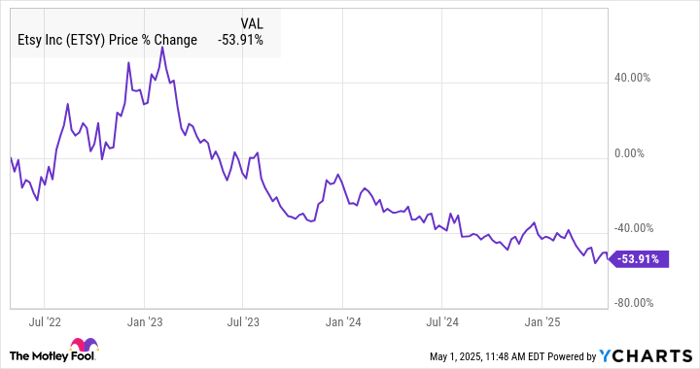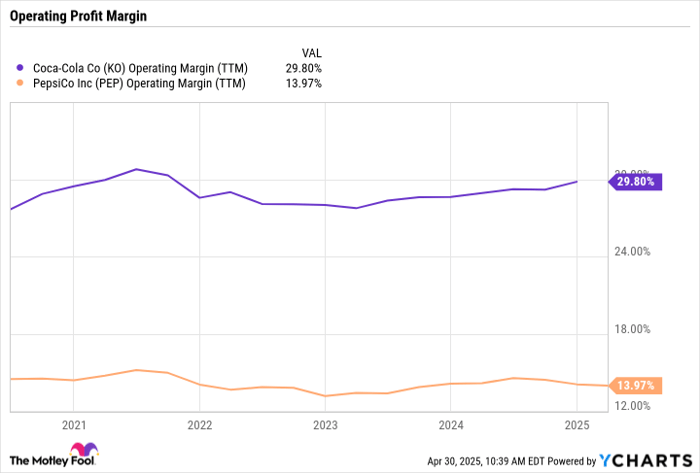Nvidia: Navigating Market Challenges Amid AI Demand Surge
The past few years have been tumultuous for Nvidia (NASDAQ: NVDA) investors. The rise of the artificial intelligence (AI) revolution has led to explosive demand for the graphics processing units (GPUs) essential for AI applications. As the leading supplier of these advanced chips, Nvidia has greatly benefited, with its stock increasing more than eightfold over the two years leading up to 2025.
Recently, however, the outlook has turned more pessimistic. U.S. export restrictions, coupled with worries about a potential slowdown in AI spending, have negatively impacted Nvidia’s stock, which has fallen approximately 25% from its peak (as of this writing).
On a brighter note, comments from three of Nvidia’s largest customers have provided reassurance to investors.

Image source: Getty Images.
Data Center Spending Slowdown Overstated
Demand for data centers equipped with the processing power required for AI has driven significant capital expenditure (capex) increases from major tech firms. This surge contributed to impressive sales growth for Nvidia, with its data center segment experiencing six consecutive quarters of triple-digit year-over-year growth. Yet concerns arose that some of Nvidia’s key customers were reducing their data center investments, causing its stock to drop. However, a closer examination reveals that the situation may not be as dire as perceived.
When Microsoft (NASDAQ: MSFT) released its financial report for the third quarter of fiscal 2025 (ending March 31), the results were unexpectedly strong, driven by enduring AI demand. Azure Cloud, its cloud computing platform, saw a 33% year-over-year growth rate, up from 31% growth in Q2. Notably, AI services accounted for 16 percentage points of that growth, compared to 13 percentage points in Q2.
CEO Satya Nadella dismissed fears regarding a slowdown in data center spending, characterizing it as part of the normal fluctuations in regional data center planning. “We’ve always been making adjustments to build, lease, and pace our expansions over the last 10-15 years,” he stated. Nadella emphasized the need for synchronization between data center build-outs and demand to avoid excess capacity in any one area.
Concerns regarding data center investment also surfaced for Amazon (NASDAQ: AMZN). Kevin Miller, Amazon’s vice president of global data centers, countered these claims, saying, “There has been really no significant change. We continue to see very strong demand, expecting growth in the coming years.”
In its first-quarter report, Meta Platforms (NASDAQ: META) surprised analysts with its plans to raise its 2025 capex guidance to $68 billion from a previous forecast of approximately $62.5 billion. The company attributed this updated outlook to increased data center investments aimed at supporting AI initiatives, as well as higher expected infrastructure hardware costs.
Nvidia, as the leading supplier of GPUs that power AI in data centers, stands to gain from the ongoing expansion of data center operations, further fueling the adoption of AI technologies.
Nvidia’s Key Customers Drive AI Growth
To underscore its significance in the AI landscape, three of Nvidia’s largest customers are also frontrunners in the AI sector. While Nvidia has not publicly confirmed the precise ranking, analysts from Bloomberg and Barclays Research estimate that these four customers collectively account for nearly 53% of Nvidia’s revenue:
- Microsoft: 15%
- Meta Platforms: 14%
- Alphabet: 12%
- Amazon: 11%
Recent statements from these tech leaders counter the concerns regarding a slowdown in data center and AI spending.
Market Challenges Ahead for Nvidia
Despite the robust AI growth, several challenges persist for Nvidia. Ongoing tariff issues could add uncertainty, with tariffs imposed during the Trump administration potentially increasing chip prices and impacting Nvidia’s financial results.
Investor sentiment remains cautious regarding the future growth of AI and its implications for Nvidia. This skepticism endures, even in light of positive data trends.
Nevertheless, Nvidia appears increasingly attractive for long-term investors. The stock currently trades at 39 times its trailing twelve-month earnings, a valuation close to its lowest point in over three years. Furthermore, with a forward price-to-earnings ratio of 26, it represents an appealing investment opportunity as a leader in the AI revolution.
The views and opinions expressed herein are the views and opinions of the author and do not necessarily reflect those of Nasdaq, Inc.

